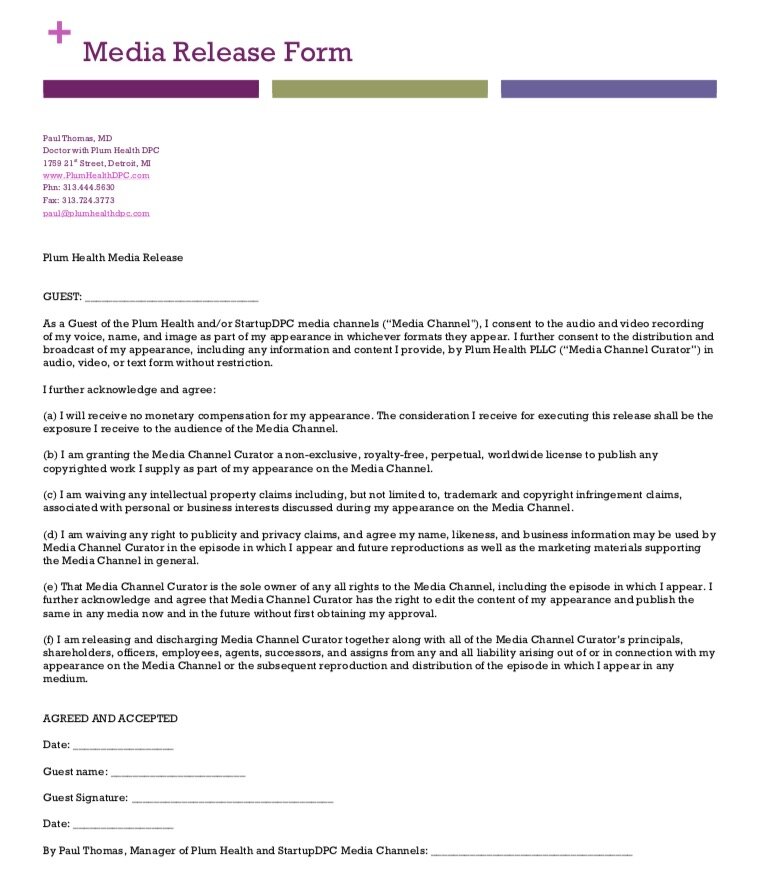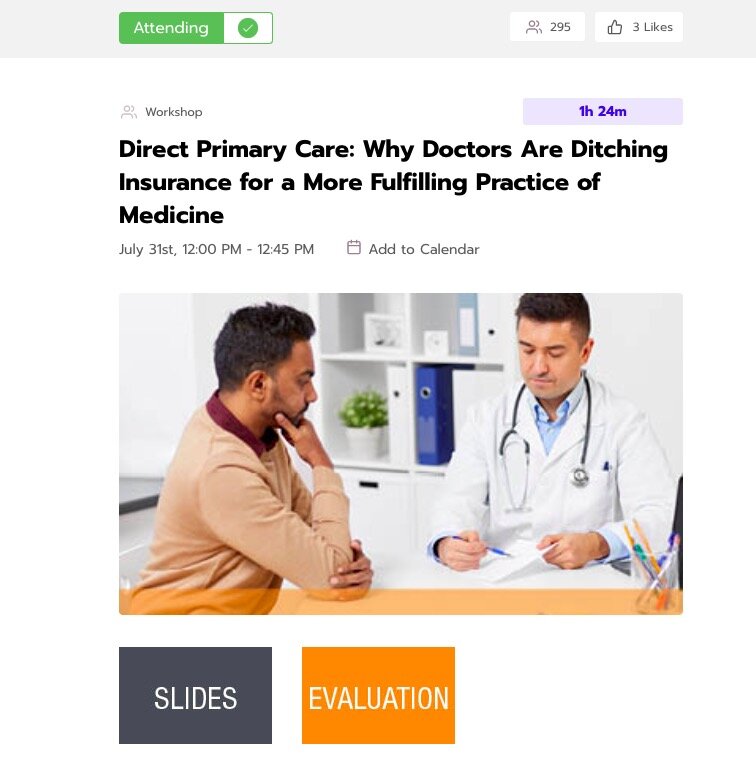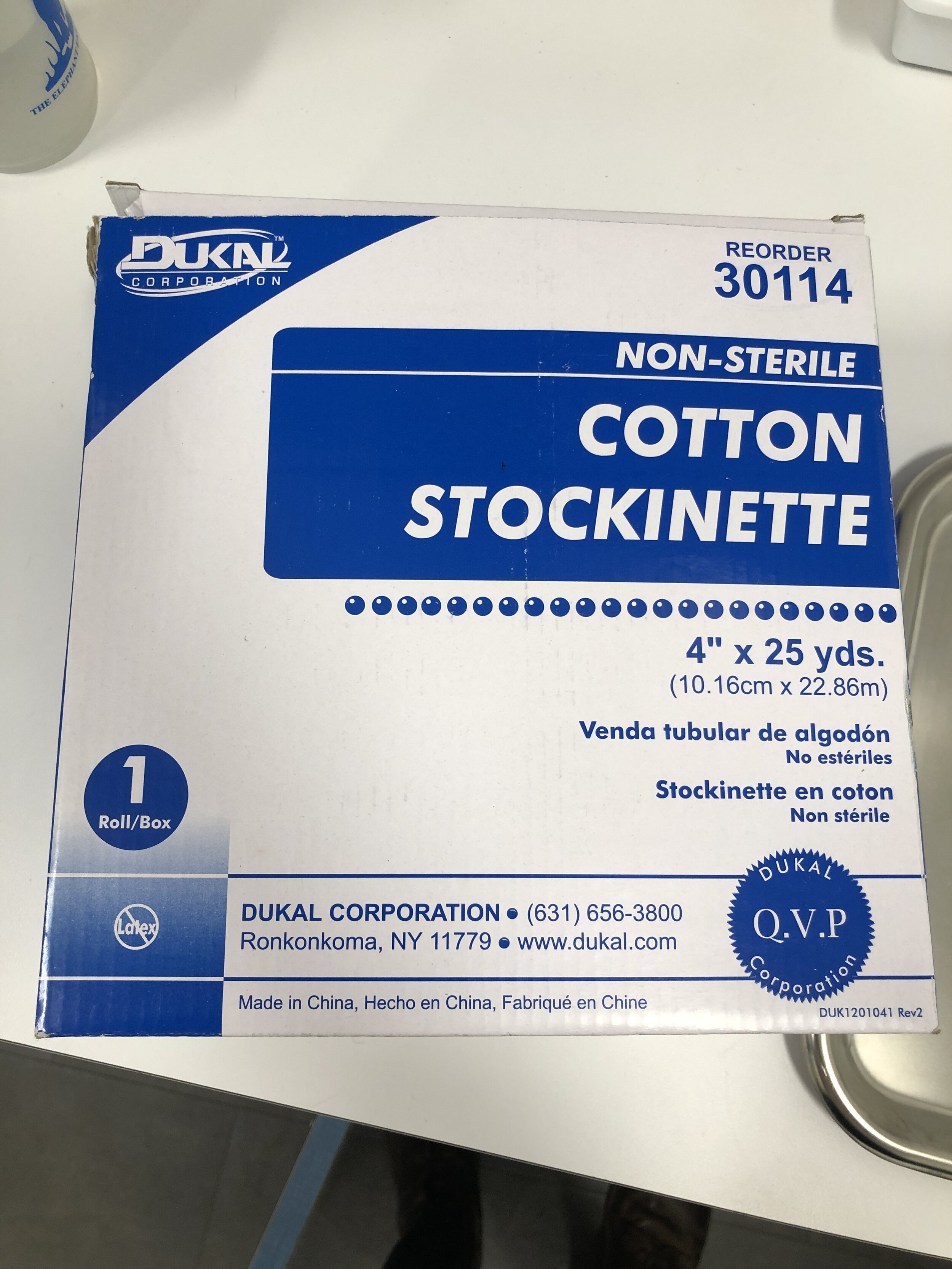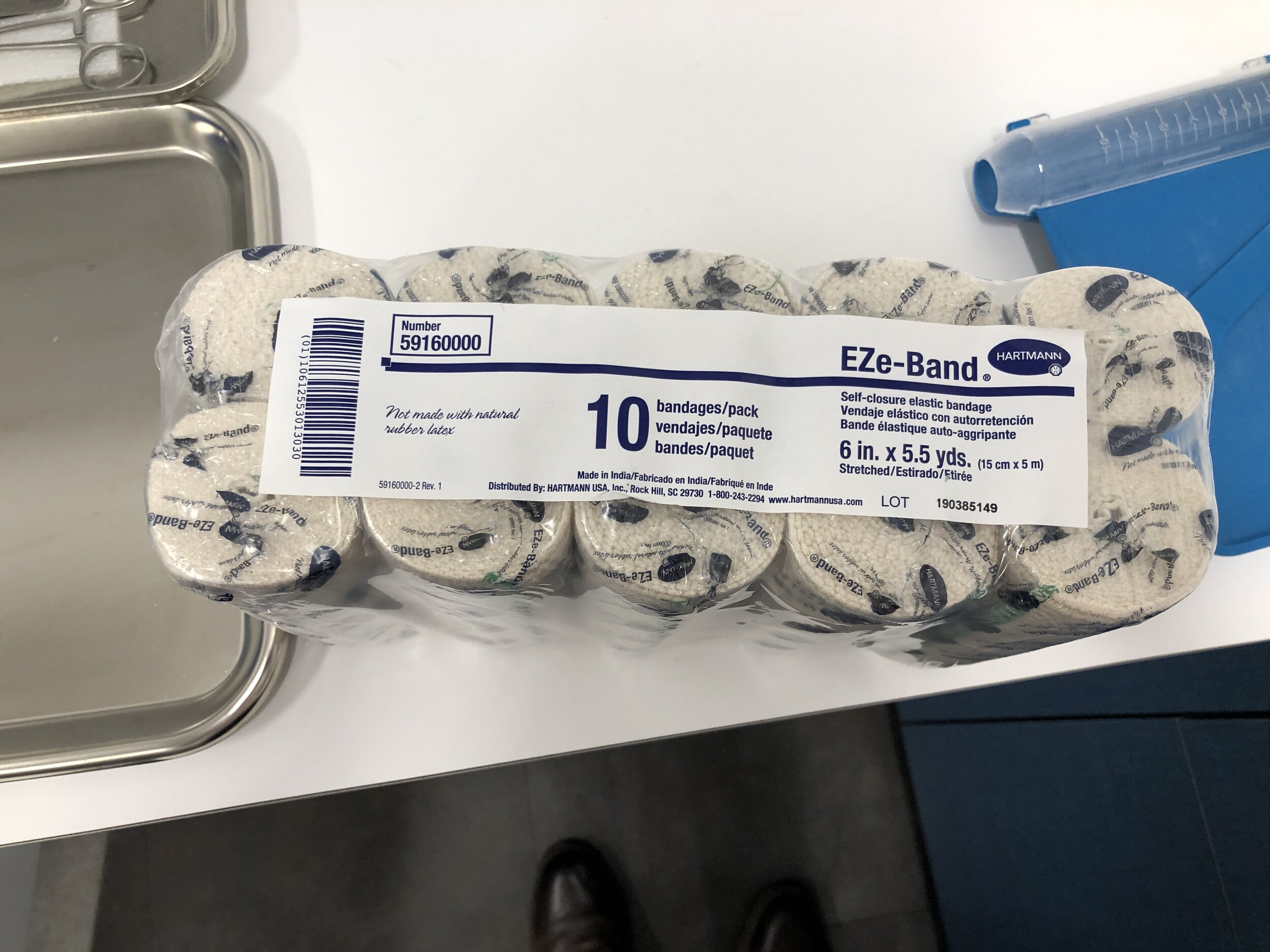The Biggest Challenges when Starting a Direct Primary Care practice
There are several challenges that doctors may face when starting a direct primary care practice. These may include:
Financial risks: Starting a new business always carries some financial risk, and this can be particularly true for direct primary care practices. These practices are often small, and may not have the financial cushion that larger practices have.
Marketing and outreach: Direct primary care practices may have a harder time getting the word out about their services, as they are not affiliated with a larger hospital or health system. Doctors may need to be proactive about marketing their practice in order to attract patients.
Legal and regulatory issues: Direct primary care practices operate outside of the traditional insurance model, which can create some legal and regulatory challenges. Doctors may need to be familiar with state and federal laws governing the practice of medicine, as well as any additional regulations that apply to direct primary care practices.
Managing patients' expectations: Some patients may be unfamiliar with the direct primary care model, and may have expectations that are not consistent with how these practices operate. Doctors may need to spend time educating patients about the benefits of direct primary care and how it differs from traditional primary care.
How to Overcome These Challenges
Fortunately, all of these challenges are manageable and can be overcome with the right mindset and the right tools. Here are a few ways that doctors can address the challenges of starting a direct primary care practice:
Seek out resources and support: There are a number of organizations and groups that offer support to doctors starting direct primary care practices. These may include professional associations, business development organizations, and other resources. We’re glad that you’re using Startup DPC as one of those resources! When it comes to reaching out to patients, take a look at our course on attracting new members, here.
Carefully plan and budget: It is important to carefully plan and budget when starting a new business, and this is especially true for direct primary care practices. Doctors should have a clear idea of their financial needs and how they will cover them. I would work with another direct primary care doctor or another local business person in your community - have them review your business plan! We created a business plan course as a part of our Startup DPC resources, because doctors don’t often have experience writing a business plan or creating a clinic budget. This is one of our top resources on our site and our business plan course includes a sample budget!
Educate patients: It is important to educate patients about the direct primary care model and how it differs from traditional primary care. This may involve explaining the benefits of the model, such as longer appointment times and more personalized care. If you try to do this on a one-on-one scale, this will be difficult. But, if you leverage tools like YouTube or a great website, your patients can watch videos and read blog posts on your site to educate themselves. Make the type of service that you provide in your practice clear on your website. For an example of what this might look like, check out our clinic’s FAQ or Frequently Asked Questions page. We have media interviews, YouTube videos, and written content to explain our services clearly.
Stay up to date on legal and regulatory issues: It is important for doctors to stay up to date on state and federal laws and regulations that apply to the practice of medicine, as well as any additional regulations that apply to direct primary care practices. This may involve seeking out legal or regulatory guidance from professional associations or other resources.
Thanks for reading, and best of luck with your DPC practice!
-Paul Thomas, MD with Plum Health DPC
P.S. Our direct primary care practice, Plum Health DPC, recently celebrated SIX YEARS in businesses - I love teaching other doctors how we’ve been so successful at our DPC practice in Detroit. I sincerely wish you the same or greater success - we need excellent doctors like you to create value for patients and create a better health care system.









